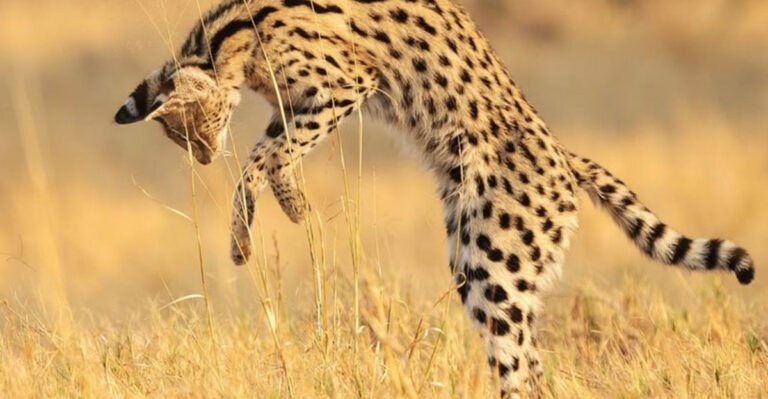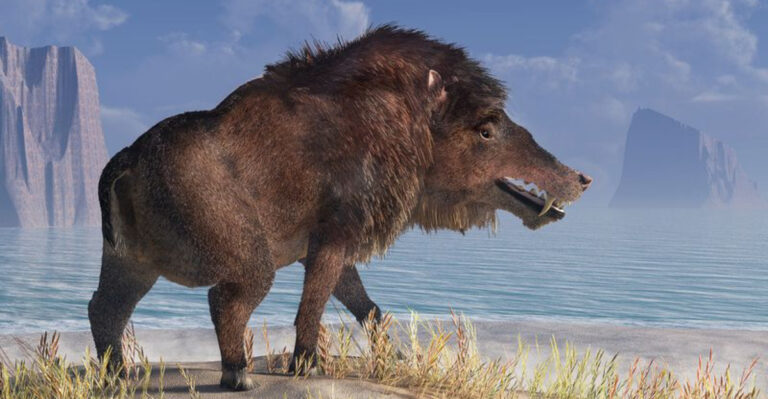12 Cool Animals You Can See While Visiting Italy
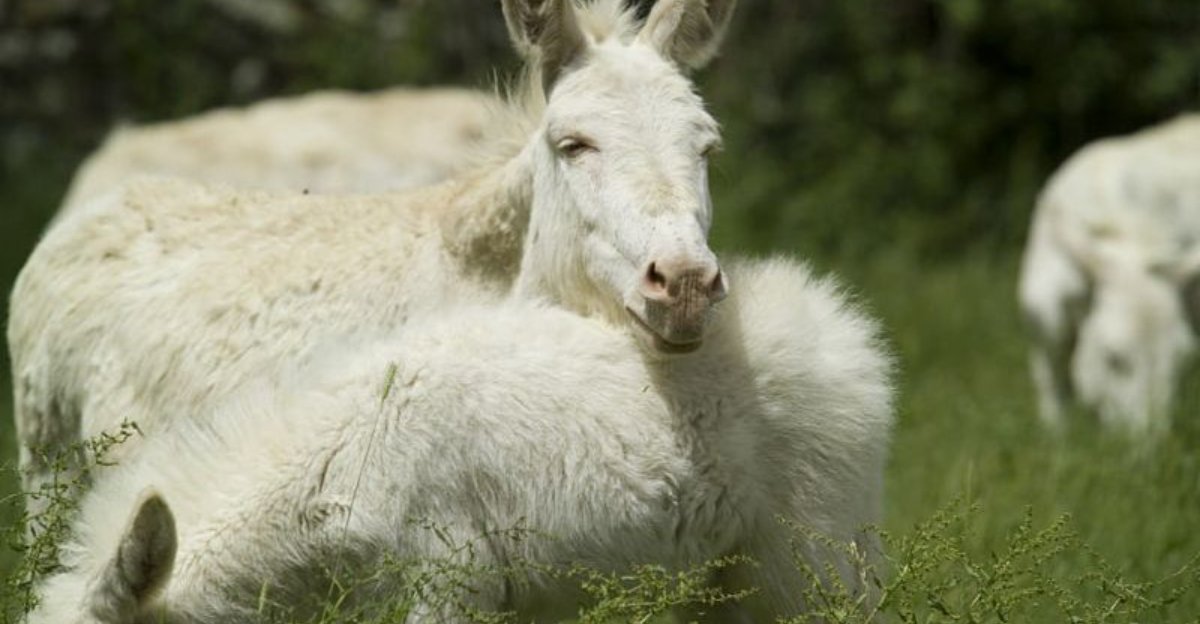
Italy isn’t just about pizza, pasta, and stunning architecture – it’s also home to some amazing wildlife!
From the rugged Alps to the crystal-clear Mediterranean waters, the Italian landscape hosts creatures you might not expect to find in this European paradise.
Whether you’re hiking mountain trails or exploring coastal regions, keep your eyes peeled for these fascinating animals during your Italian adventure.
1. The Italian Wolf

Sleek and mysterious, Italian wolves prowl the remote Apennine Mountains, their howls echoing through ancient forests. Once nearly extinct, these magnificent predators have made a remarkable comeback.
Spot them in Abruzzo National Park, where conservation efforts have helped their population grow. Dawn and dusk offer the best chances for a rare glimpse of these wild canines.
2. Wild Boar
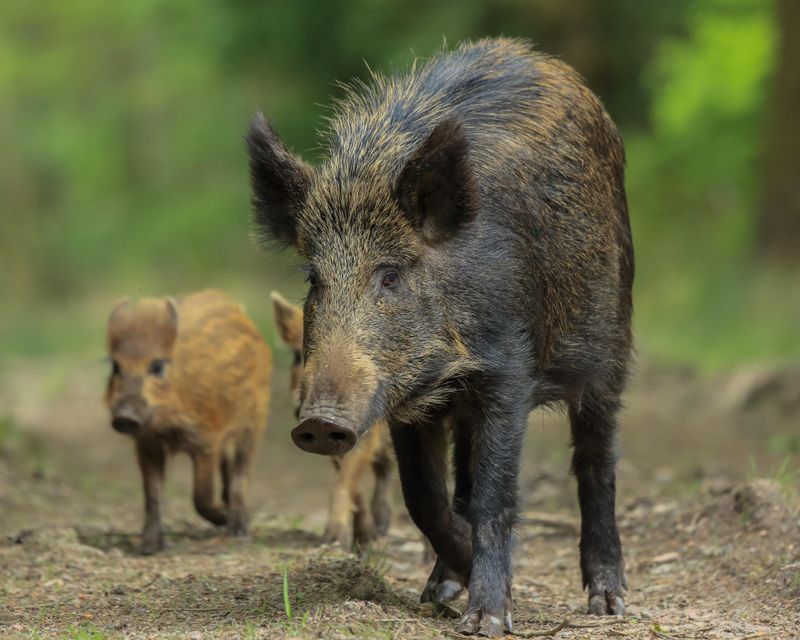
Tusked and tough, wild boars roam freely through Italian woodlands and even venture into rural towns after dark. These surprisingly agile creatures can weigh up to 220 pounds yet sprint at impressive speeds.
Tuscany’s forests harbor healthy populations, where boars root through undergrowth for truffles and acorns. Listen for rustling in dense brush – that might be a family group nearby!
3. Marmot
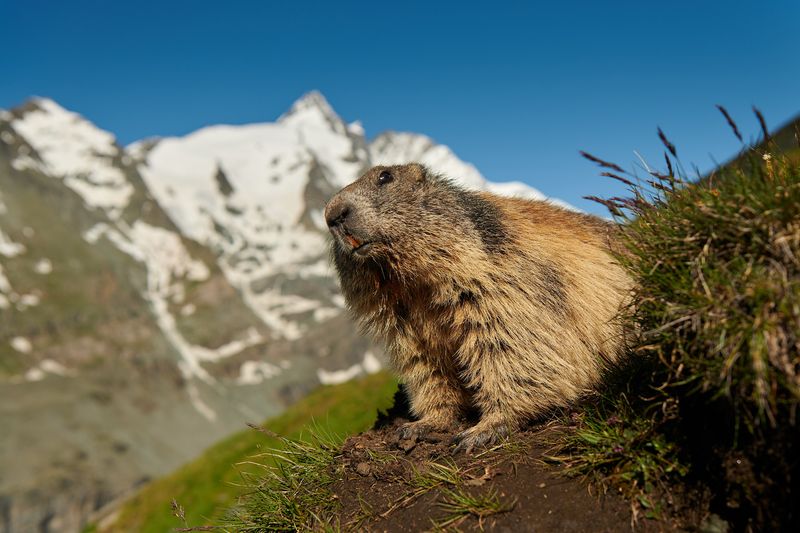
Whistling warnings echo across Alpine meadows as rotund marmots stand sentinel outside their burrows. These charismatic rodents spend summer months gorging on vegetation before their long winter hibernation.
Gran Paradiso National Park offers excellent marmot-watching opportunities. Bring binoculars and patience – you’ll be rewarded with entertaining displays of their playful wrestling and sunbathing antics.
4. Italian Brown Bear

Majestic and shy, the Marsican brown bear represents one of Europe’s most endangered populations. Only about 50 remain, primarily in central Italy’s remote mountain sanctuaries.
Adamello Brenta Nature Park in Trentino offers the best chance to spot these magnificent creatures. Summer evenings find them foraging in high meadows, their powerful forms silhouetted against alpine landscapes.
5. Red Fox
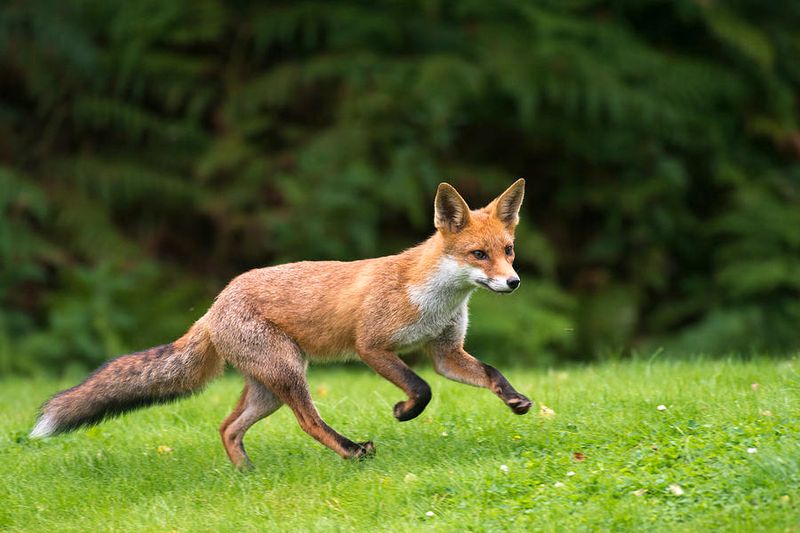
Flame-colored and fleet-footed, red foxes thrive across Italy’s diverse landscapes. From vineyard edges to urban parks, these adaptable predators hunt mice, rabbits, and even fallen fruit.
Tuscany’s rolling hills provide perfect fox habitat. Watch for their distinctive white-tipped tails at dusk when they emerge from daytime resting spots to begin their nightly hunting adventures.
6. Chamois
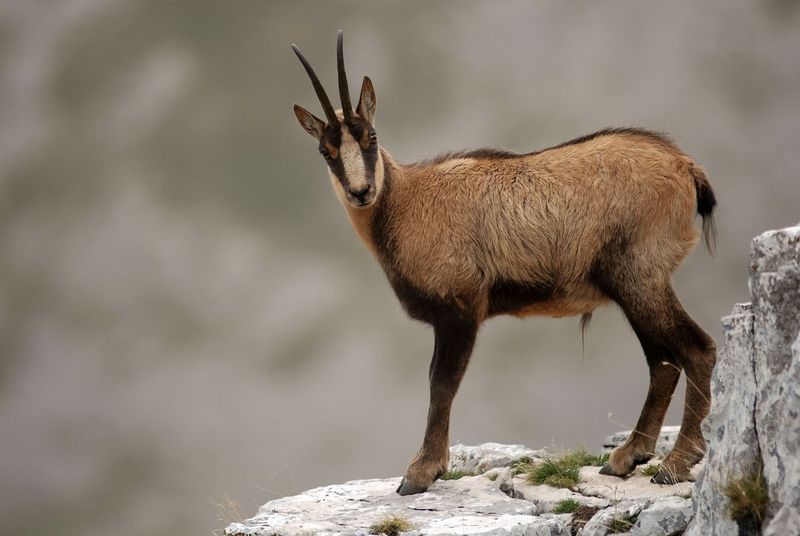
Gravity seems optional for chamois as they bound effortlessly across near-vertical Alpine cliffs. Their specialized hooves grip impossible surfaces while distinctive curved horns crown both males and females.
The Stelvio National Park hosts healthy populations of these goat-antelopes. Morning hikes offer the best viewing opportunities as herds graze high meadows before retreating to rocky sanctuaries during midday heat.
7. Eurasian Eagle Owl
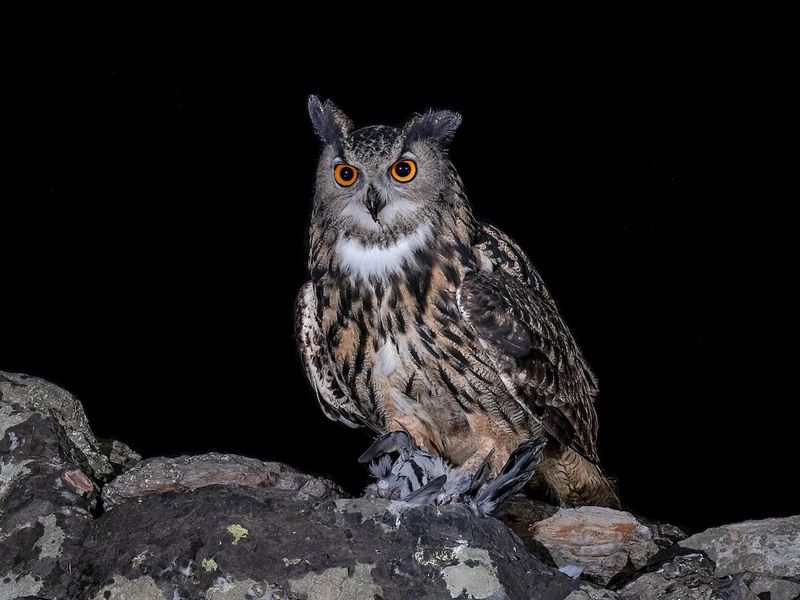
With piercing orange eyes and an impressive six-foot wingspan, the Eurasian eagle owl commands Italy’s night skies. This magnificent predator hunts everything from mice to young foxes with deadly precision.
The rocky canyons of Sicily provide perfect nesting habitat. Listen for their deep, resonant hooting at dusk – a haunting sound that carries for miles through mountain valleys.
8. Wild Donkeys
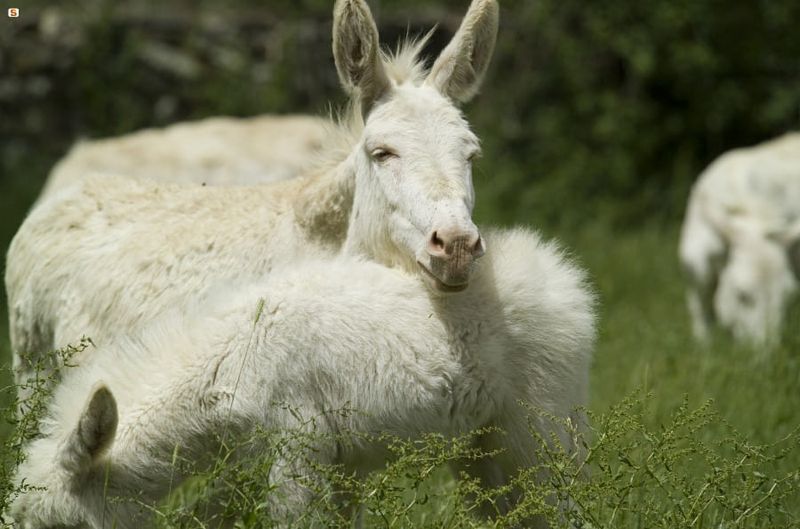
Gray-coated and fiercely independent, Sardinia’s wild donkeys roam the island’s rugged interior. Descended from domestic ancestors, these hardy creatures have adapted to thrive in harsh Mediterranean scrubland.
Asinara Island, now a national park, hosts a unique population of albino donkeys. Their startling white coats stand out dramatically against the island’s green landscape – a photographer’s dream subject!
9. Cervus Elaphus
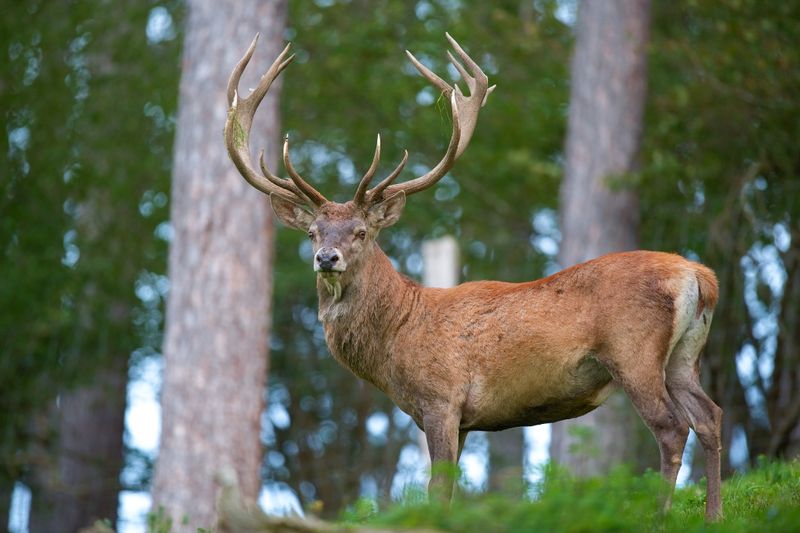
Autumn forests echo with primal roars as male red deer challenge rivals during rutting season. Their magnificent antlers, which can span four feet, serve as natural crowns for these woodland monarchs.
The Gran Paradiso National Park offers spectacular deer-watching opportunities. September visitors might witness dramatic confrontations between bulls competing for females – nature’s ancient tournament played out in alpine meadows.
10. Sardinian Wildcat
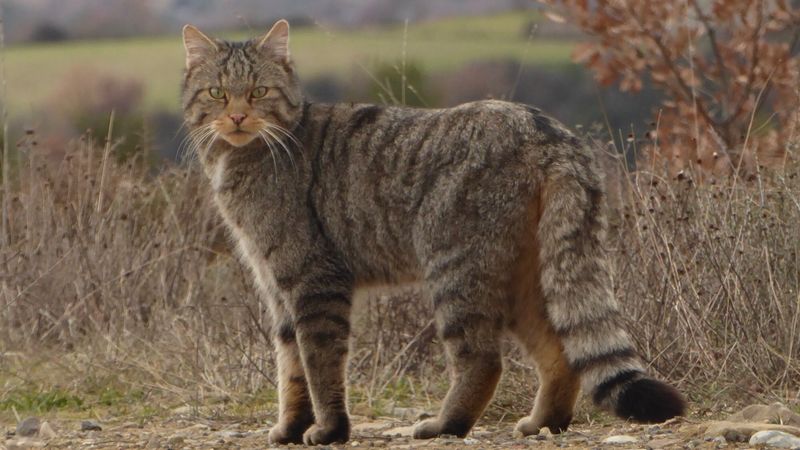
Stealthy and elusive, the Sardinian wildcat represents one of Europe’s most threatened feline populations. Often mistaken for domestic cats, these wild predators sport distinctive striped patterns and robust builds.
The mountainous Gennargentu National Park shelters the largest remaining population. Extremely shy, these cats avoid human contact, making a sighting an extraordinary wildlife encounter that few visitors experience.
11. Tortoises
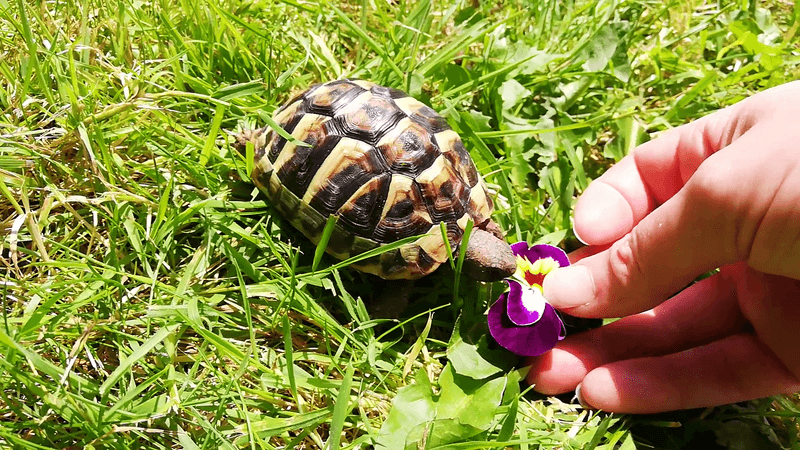
Prehistoric-looking Hermann’s tortoises plod through Mediterranean scrubland, their domed shells protecting them from predators. These living fossils may reach 90 years old in their sun-drenched island homes.
Sicily’s nature reserves offer excellent tortoise-spotting opportunities. Spring brings them out in numbers as they feed on fresh vegetation and search for mates among aromatic herbs and wildflowers.
12. Cetaceans

Graceful fins slice through azure Mediterranean waters as bottlenose dolphins play in coastal currents. These intelligent mammals often approach boats, seeming to invite humans to witness their underwater ballet.
The Ligurian Sea between Italy and France forms a protected sanctuary. Summer boat excursions from Genoa or Cinque Terre offer excellent opportunities to witness sperm whales, fin whales, and several dolphin species in their natural habitat.

